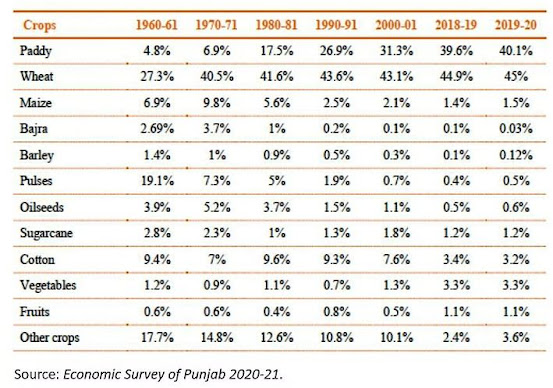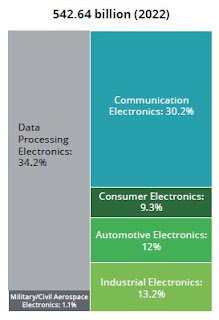Farm laws and Hindi film villains'

Admittedly, this is a very late addition to my blog. Perhaps it is not contemporary but in some ways I think this is the best time to analyze the farm bills away from the politically charged atmosphere of a few years ago. Notably, this isn't the first time the Modi government has taken a step back, the first time I recall being the land bill. Till the country decides to undergo a mindset change, freebie and vested interest culture cannot be done away with laws. People should want a better life. A caveat before I begin: I am not a lawyer or a farmer, and my understanding of the situation comes from reading both mainstream and social media. In case something is factually incorrect, please point out in comments with supporting links to official pages. Rest all is politicking. In a light hearted vein I will begin the post by asking: How have villains in Hindi films changed over the years? Well, broadly speaking: Black and white era – Zamindar Technicolor era – Black marketer Modern fi...


